Fuel Line Coolant Hose Maintenance Tips
Two parts that are commonly mentioned when discussing dependable automotive fuel systems are the fuel line coolant hose and car fuel pipe connectors. While the connectors ensure secure, leak-free connections in the fuel system, the coolant hose for the fuel line helps regulate temperature, preventing vapor lock or fuel overheating. Over time, both parts are subject to wear, aging, and environmental stress.
Key Maintenance Tips for Fuel Line Coolant Hose
Here, from the perspective of a manufacturer, we share ideal practices and tips to maintain fuel line coolant hoses so they last longer in real-world use.
1. Regular Visual Inspection
Check for cracks, bulging, or soft spots: Over time, rubber or elastomeric hoses may develop cracks or soften under heat. If you see bulges or deformities, it’s a sign the inner structure is weakening.
Look for coolant seepage or stains: Any coolant residue or wetness around hose ends, clamps, or junctions warrants closer inspection.
Inspect connector interfaces: The joint between the fuel line coolant hose and car fuel pipe connectors is a critical spot. Ensure there is no corrosion, misalignment, or signs of fluid degradation around fittings.
.jpg)
2. Pressure & Temperature Matching
Use hoses rated for the operating pressure and temperature of your system. Hoses that are under-rated are more likely to fail under stress.
If your engine runs hotter or you upgrade system performance, select hoses with higher rating margins (e.g. higher temperature tolerance, thicker walls).
Ensure connectors and hoses are matched in terms of thermal expansion and mechanical flexibility to avoid stress at joints during heating cycles.
3. Secure Clamping & Connector Practices
Use proper clamps that maintain constant tension and resist loosening over time. Avoid cheap or mismatched clamps that may lose grip.
At the junctions between Fuel Line Coolant Hose and Car Fuel Pipe Connectors, apply sealing techniques appropriate to the design (e.g. O-rings, sealing rings).
Tighten clamps to manufacturer-specified torque ranges. Over-tightening can damage hose walls; under-tightening can cause leaks.
After a vehicle is run for the initial short time after installation or maintenance, re-check clamp torque, as hoses may settle or shift slightly.
4. Scheduled Replacement & Longevity
From a manufacturing perspective, we recommend replacing fuel line coolant hose at regular intervals, even if it looks intact, to preempt failure.
Many automotive specialists suggest inspecting/replacing fuel hoses every 5 years (or according to usage), because fuel or coolant exposure can gradually degrade materials.
If your system uses ethanol blends, higher temperatures, or severe duty cycles, consider more frequent replacement.
5. Avoiding External Damage & Vibration Stress
Ensure the hose routing avoids sharp edges, hot surfaces, and tight bends that can cause abrasion or kinking.
Use protective sleeves or shielding if the hose passes near exhaust or other heat-generating components.
Add vibration dampeners or secure clamps spaced properly so the hose is supported along its length, minimizing flex fatigue.
6. Coolant Quality & System Health
Use the correct coolant type, maintain proper concentration, and renew coolant periodically. Poor coolant quality (corrosive, contaminated) can degrade hose material from inside, shortening life.
Avoid mixing incompatible coolants or introducing debris or particles that may abrade hose inner walls.

 English
English
 Español
Español


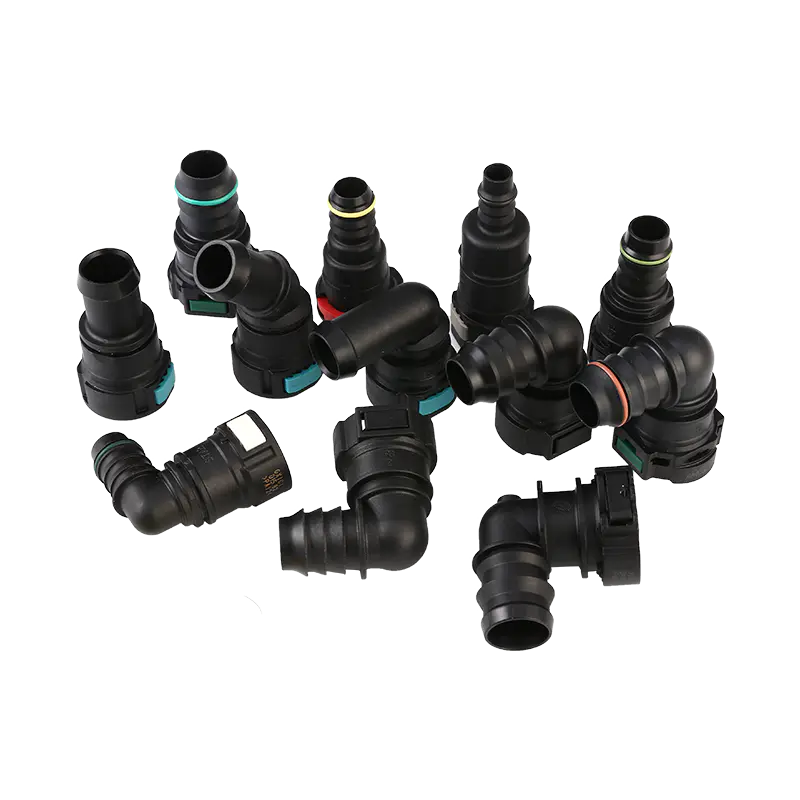
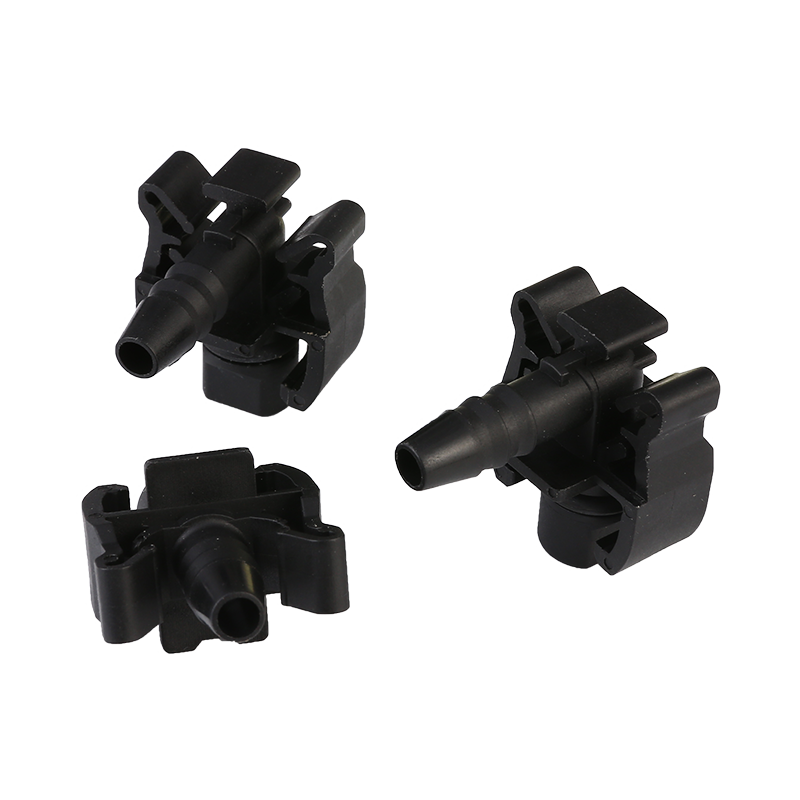
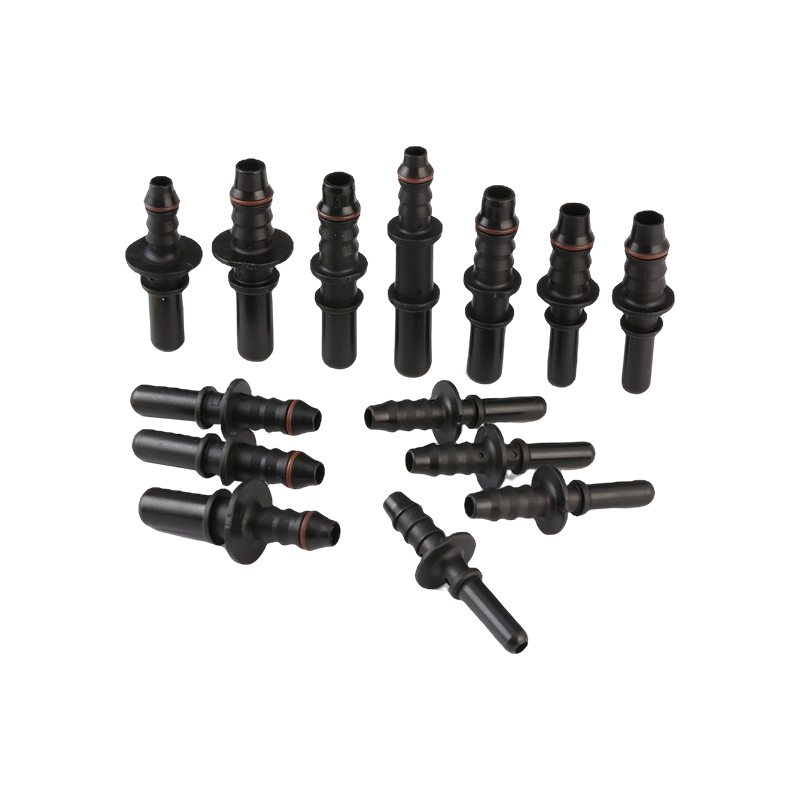
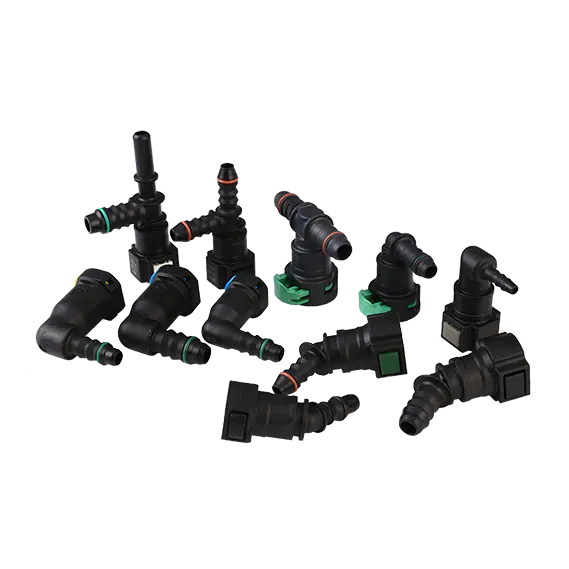
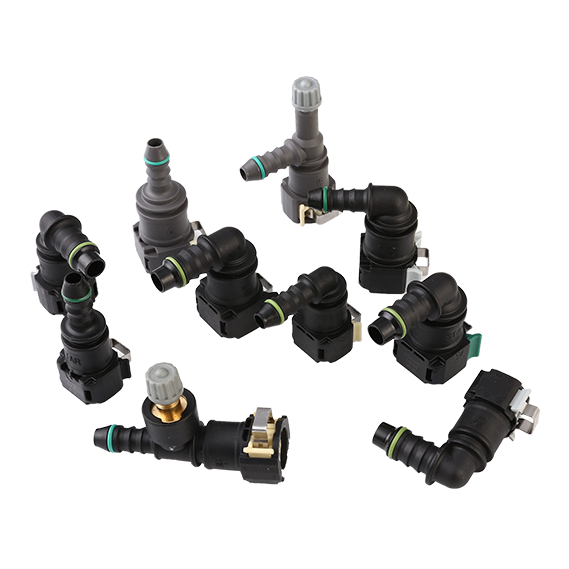
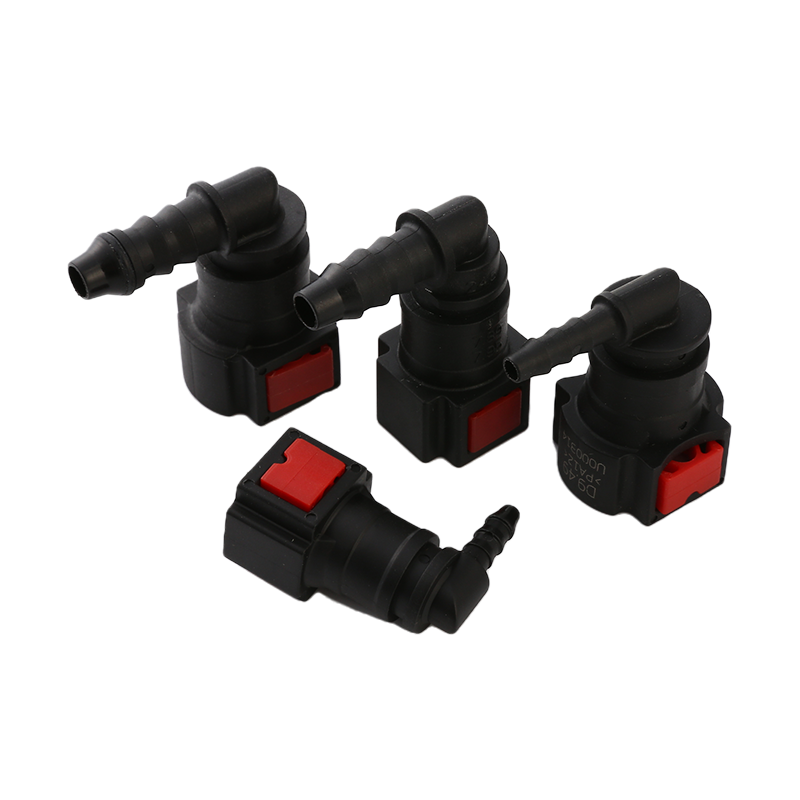

.png)




